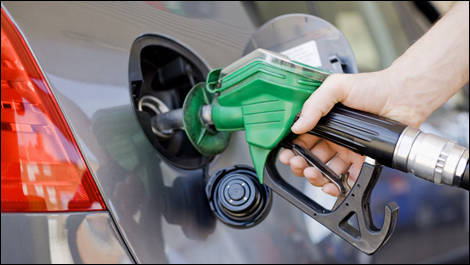Fuel economy has now become a major selling argument for automakers... and an equally important criterion for buyers. Ratings for nearly every vehicle sold in Canada are provided by manufacturers based on the regulations of Natural Resources Canada. Any consumer can have access to these ratings, which should be used as a reference only. That's because real-word fuel consumption is different in most cases. Want to find out exactly how much fuel your car burns? Here's how to do it.
It's simple, really. You need to know the number of kilometers you have driven and the amount of fuel you have used. Therefore, it's important to keep your receipts from the gas station. Of course, the calculation is easier if you start with a full tank and reset your daily trip meter. After your road session, go back to the gas station and fill your tank up to its initial level. Write down the amount of fuel that you've just put in and the mileage indicated on your trip meter.
Let's say you travelled 540 kilometers using 49 liters of fuel. To calculate your average fuel economy, divide the number of liters (49) by the distance travelled (540) and then multiply by 100. That's it! In this case, the result is 9.07 L/100 km.
Many factors and variables will influence a car's fuel economy, including outside temperature, driving habits, road conditions, tire pressure and, of course, speed. By regularly calculating your fuel economy, you're able to see how much it fluctuates. Therefore, you can adjust your driving style accordingly and save more fuel.
photo:Jupiter Images
 |
It's simple, really. You need to know the number of kilometers you have driven and the amount of fuel you have used. Therefore, it's important to keep your receipts from the gas station. Of course, the calculation is easier if you start with a full tank and reset your daily trip meter. After your road session, go back to the gas station and fill your tank up to its initial level. Write down the amount of fuel that you've just put in and the mileage indicated on your trip meter.
Let's say you travelled 540 kilometers using 49 liters of fuel. To calculate your average fuel economy, divide the number of liters (49) by the distance travelled (540) and then multiply by 100. That's it! In this case, the result is 9.07 L/100 km.
Many factors and variables will influence a car's fuel economy, including outside temperature, driving habits, road conditions, tire pressure and, of course, speed. By regularly calculating your fuel economy, you're able to see how much it fluctuates. Therefore, you can adjust your driving style accordingly and save more fuel.
photo:Jupiter Images



